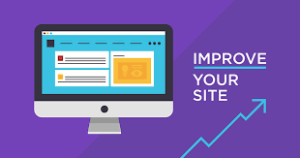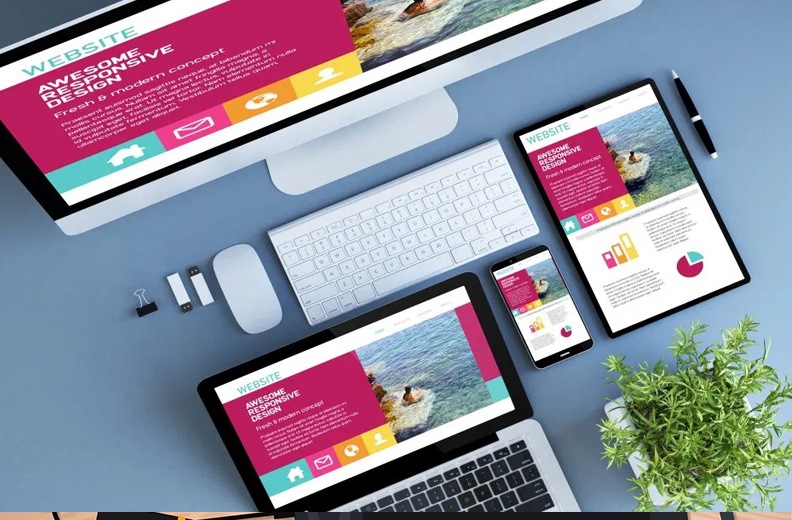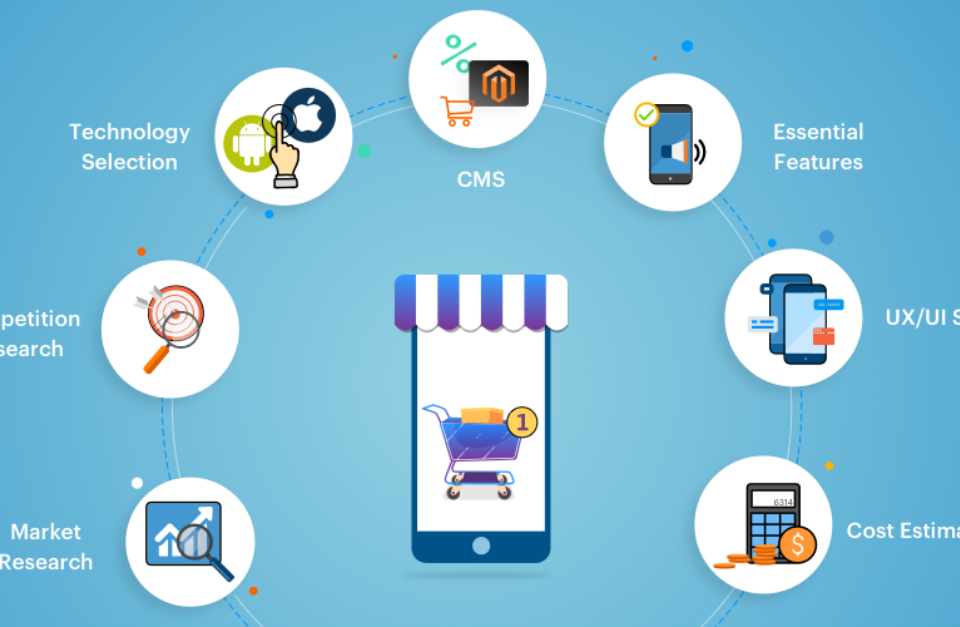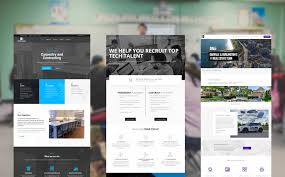- Have any questions?
- (Prasad) +91 96191 46851 | (Parag) +91 99878 20022
- support@pnpwebdesign.com
Mastering the Art of Designing Web Pages Online: Your Ultimate Guide

Unveiling the Essence of Designing Website Design: Crafting Memorable Digital Experiences
March 12, 2024
The Synergy of Design and Web Development: Crafting Digital Experiences
March 13, 2024Mastering the Art of Designing Web Pages Online: Your Ultimate Guide
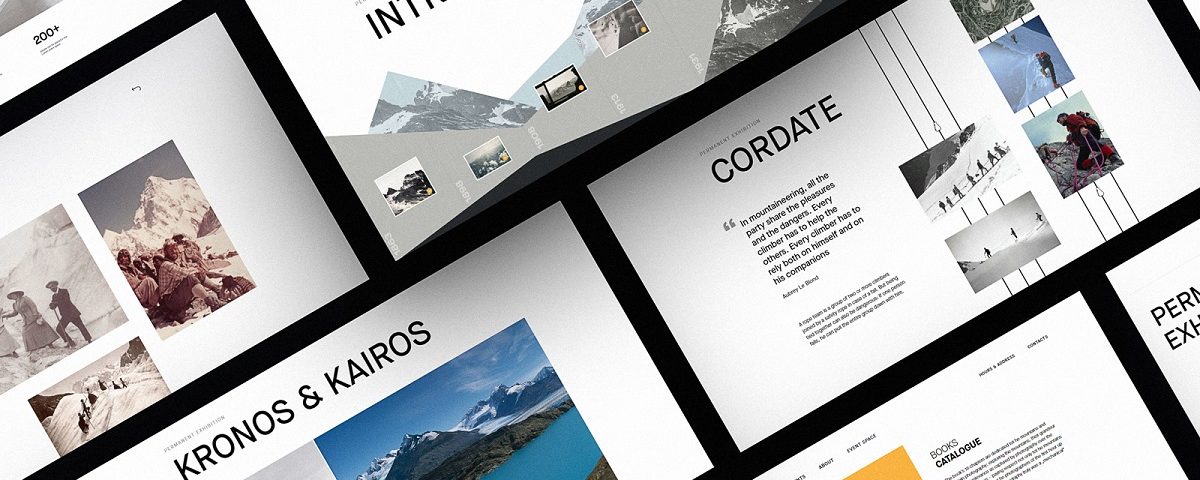
In today’s digital era, creating a visually appealing and user-friendly website is essential for businesses, bloggers, and individuals alike. With the advent of online design tools and platforms, design web page has become more accessible and convenient than ever before. In this comprehensive guide, we’ll explore the process of designing web pages online, empowering you to unleash your creativity and build stunning websites that captivate your audience.
-
Understanding the Importance of Designing Web Pages Online:
In a world where first impressions matter, the design of your website plays a crucial role in shaping visitors’ perceptions and driving engagement. A well-designed web page not only enhances the user experience but also reflects your brand identity and credibility. Designing web pages online offers a cost-effective and efficient solution for individuals and businesses looking to create professional-looking websites without the need for extensive technical skills or resources.
-
Exploring Online Tools and Platforms for Designing Web Pages:
a. Website Builders:

Website builders like Wix, Squarespace, and Weebly provide intuitive drag-and-drop interfaces that allow users to design and customize web pages with ease. These platforms offer a range of templates, widgets, and plugins to help you create visually stunning and functional websites in minutes.
b. Graphic Design Software:
Graphic design software such as Adobe XD, Figma, and Canva offer robust features for designing web pages from scratch or refining existing designs. With powerful design tools and collaborative features, these platforms empower users to bring their creative visions to life.
c. Online Design Marketplaces:
Online design marketplaces like ThemeForest and TemplateMonster offer a vast selection of pre-designed website templates and themes. These templates can be easily customized to suit your specific needs, providing a quick and cost-effective solution for designing professional-looking web pages.
d. Content Management Systems (CMS):
Content Management Systems like WordPress and Joomla offer comprehensive platforms for designing and managing web pages. With thousands of themes and plugins available, users can create highly customized and feature-rich websites to meet their unique requirements.
-
Step-by-Step Guide to Designing Web Pages Online:
a. Define Your Objectives:



Begin by outlining the goals and objectives of your website. Consider factors such as target audience, branding, and desired functionality to guide your design decisions.
b. Choose the Right Platform:
Select a suitable online design tool or platform based on your technical skills, budget, and project requirements. Evaluate the features, templates, and customization options offered by each platform to make an informed decision.
c. Design Your Layout:
Start by sketching out the layout and structure of your web pages, including headers, navigation menus, content sections, and footers. Use grids, columns, and spacing to create a balanced and visually appealing design.
d. Customize Your Design:
Once you have a basic layout in place, use the design tools and features provided by your chosen platform to customize the look and feel of your web pages. Experiment with colors, fonts, images, and other visual elements to create a cohesive and engaging design.
e. Test and Iterate:
Finally, test your web pages across different devices and browsers to ensure compatibility and responsiveness. Gather feedback from users and stakeholders, and make any necessary adjustments to refine your design further.
-
Tips for Designing Web Pages Online Like a Pro:
a. Keep It Simple:



Avoid cluttering your web pages with unnecessary elements or excessive content. Focus on clean and minimalistic design principles to enhance readability and usability.
b. Prioritize User Experience:
Place user experience at the forefront of your design process, ensuring that navigation is intuitive, and important information is easily accessible.
c. Optimize for Performance:
Optimize your web pages for speed and performance by minimizing file sizes, optimizing images, and utilizing caching and compression techniques.
d. Stay Consistent:
Maintain consistency across your web pages in terms of design elements, branding, and messaging to create a cohesive and professional-looking website.
e. Stay Updated:
Keep abreast of the latest design trends and best practices to ensure that your web pages remain fresh, relevant, and engaging.
-
Conclusion: Design Web page online
Designing web pages online offers a convenient and accessible way to create stunning websites that capture attention and drive results. By leveraging the power of online design tools and platforms, individuals and businesses can bring their creative visions to life and establish a compelling online presence. Whether you’re a seasoned designer or a novice, following the steps outlined in this guide will empower you to design web pages that stand out in the digital landscape.

